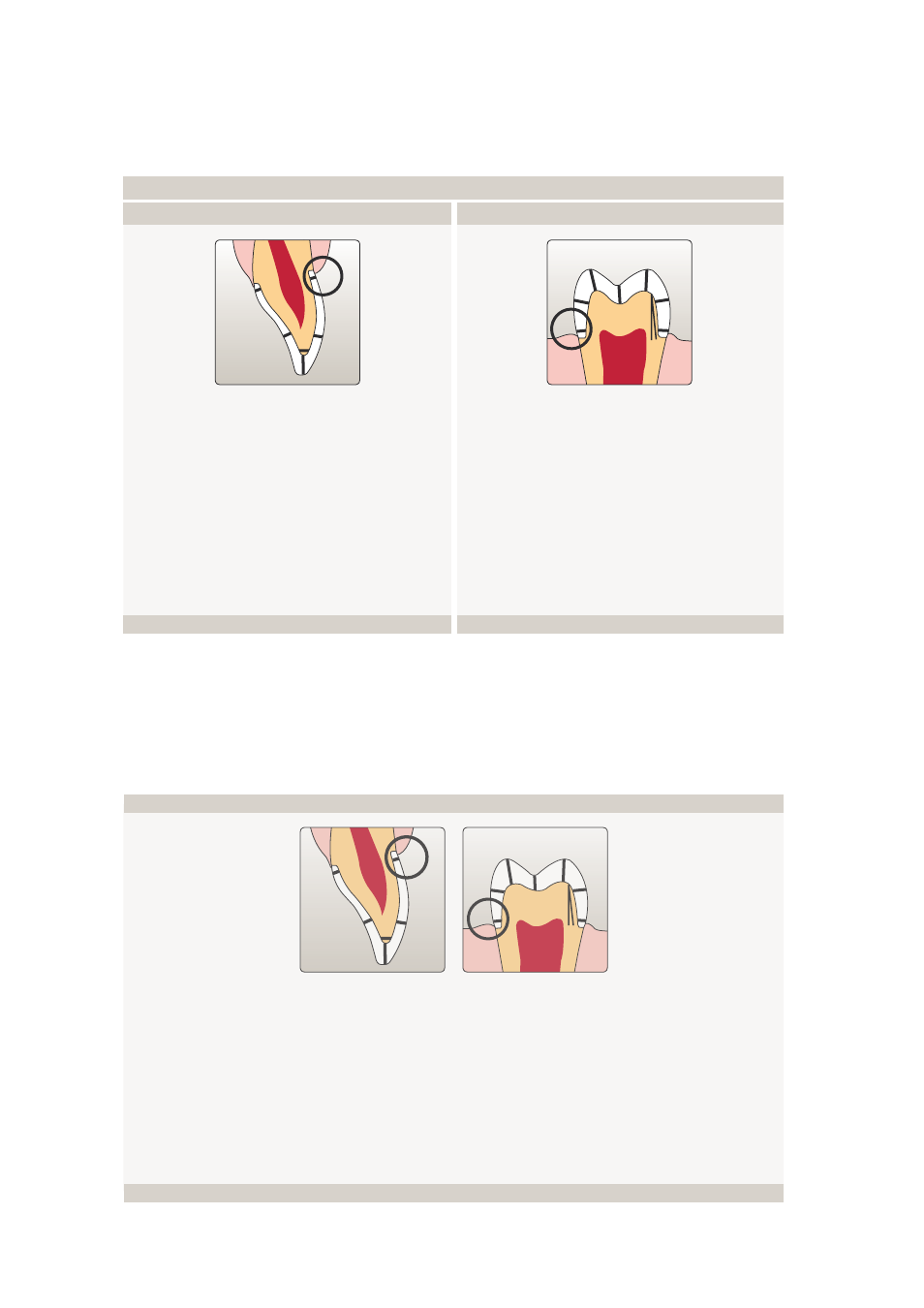Ivoclar Vivadent IPS e.max CAD-on User Manual
Page 16

16
1.0
1.5
1.0
1.5
2.0
1.0
1.5
2.0
1.0
1.0
1.5
2.0
1.5
6°
− Evenly reduce the anatomical shape and observe the stipulated minimum thickness. Prepare a circular shoulder
with rounded inner edges or a chamfer with a width of at least 1.0 mm.
− Reduce the incisal crown third – incisal and/or occlusal - by approx. 1.5 mm.
− For anterior crowns, the reduction in the labial and/or palatal/lingual area is at least 1.5 mm. The incisal edge of
the preparation should be at least 1.0 mm (milling tool geometry) in order to permit optimum milling of the incis-
al area during CAD/CAM processing.
− For posterior crowns, the reduction in the buccal and/or palatal/lingual area is at least 1.5 mm.
− For conventional and/or self-adhesive cementation, the preparation must demonstrate retentive surfaces
4-Unit Bridges
1.0
1.0
1.5
1.5
1.5
1.0
1.5
1.5
1.0
1.0
1.5
1.5
1.5
6°
1.0
1.0
1.5
1.5
1.5
1.0
1.5
1.5
1.0
1.0
1.5
1.5
1.5
6°
− Reduce the anatomical shape and observe the stipulated
minimum thickness. Prepare a circular shoulder with
rounded inner edges or a chamfer at a degree of
approximately 10°-30°. Width of the circular shoulder/
chamfer at least 1.0 mm.
− Reduce the incisal crown third by approx. 1.5 mm.
Reduce the vestibular and/or oral area by approx.
1.5 mm.
− For conventional and/or self-adhesive cementation,
the preparation must demonstrate retentive surfaces.
− Reduce the anatomical shape and observe the stipulated
minimum thickness. Prepare a circular shoulder with
rounded inner edges or a chamfer at a degree of
approximately 10°-30°. Width of the circular shoulder/
chamfer at least 1.0 mm.
− Reduce the incisal crown third by approx. 1.5 mm.
Reduce the vestibular and/or oral area by approx.
1.5 mm.
− For conventional and/or self-adhesive cementation,
the preparation must demonstrate retentive surfaces.
Anterior Crown
Singe Crowns to 3-Unit Bridges
Posterior Crown
